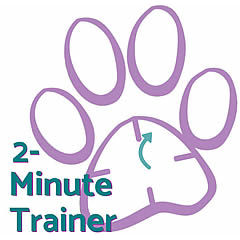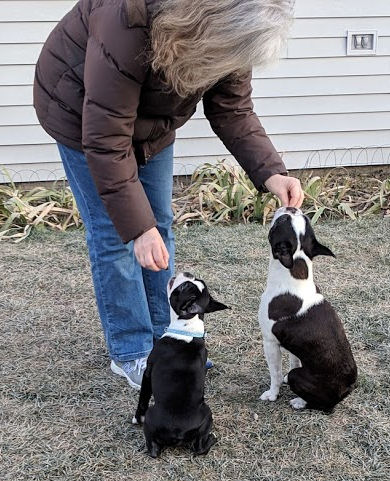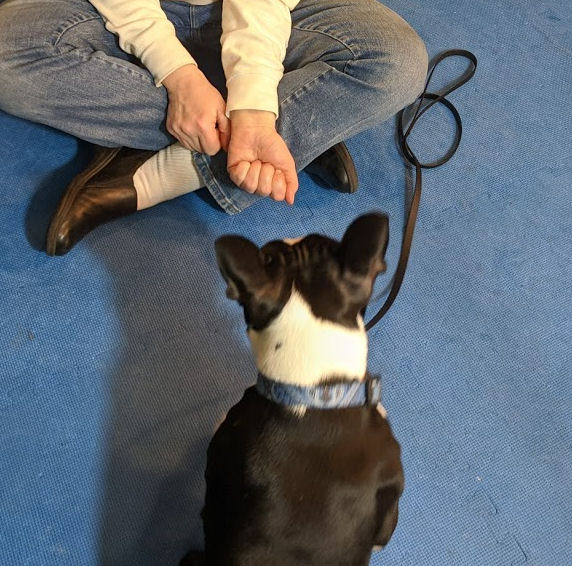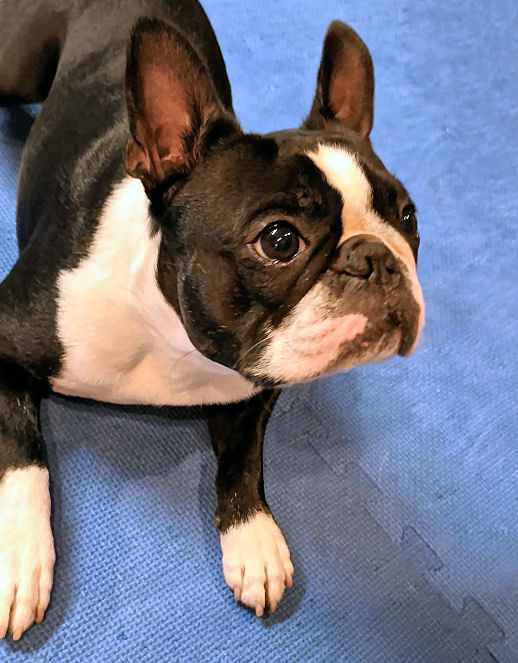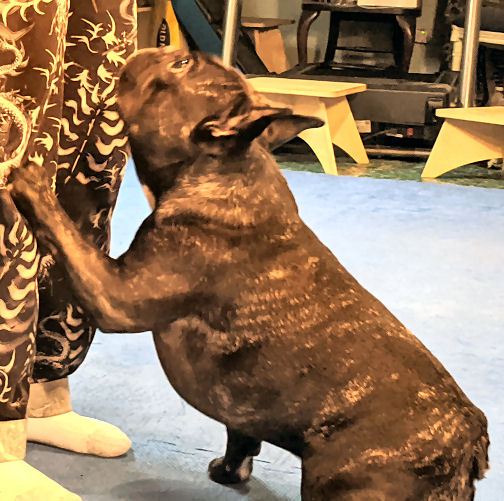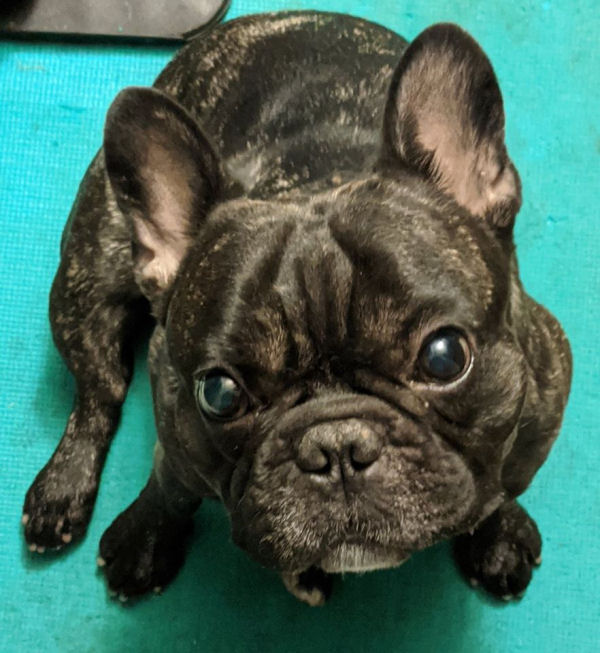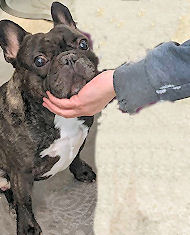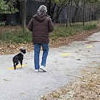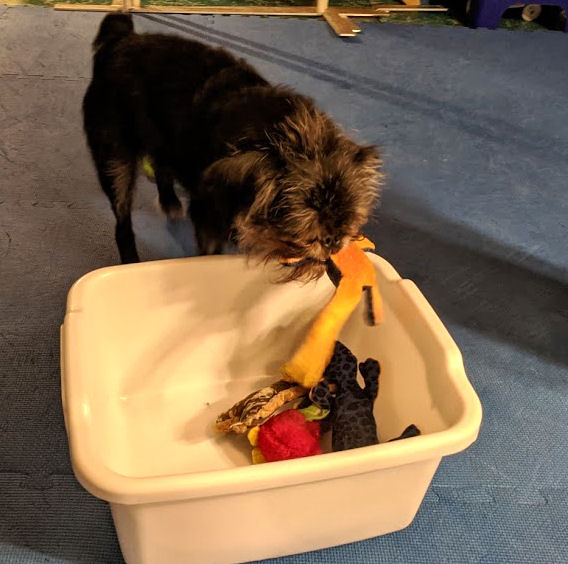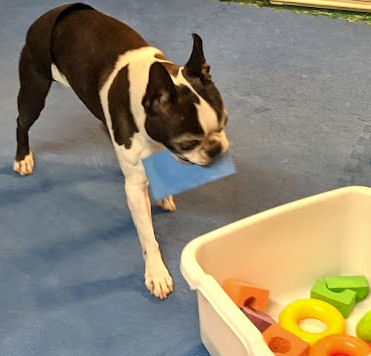Everybody knows their dog’s favorite toys, treats, and the perfect spot for scritches. That’s all you need to know for training games. What are the things your dog loves best? Stockpile some of those, choose a game, and start playing!
All the nit-picky nuances
The things that aren’t as natural; reward timing and placement, consistent cues, breaking down behaviors into little teaching chunks, all come with time and practice. And there are some skills we never master, so we work around them. Both of us (Hope and Fran) are notorious for having terrible aim and throwing skills. Just awful. If there’s a way to toss a toy or ball so it smashes something, is unreachable, or causes an avalanche of other stuff, we’ll find it. That okay. We know we suck at it. Both of us practiced throwing the obedience dumbbell, without our dogs, just so we wouldn’t embarrass ourselves in public. We choose to do that here, instead.
And now the dumbbell retrieve is one of ours, and our dogs, favorite games. Because we’re both proud of ourselves for figuring out how to do it. Now it’s fun and we both look forward to playing with it.
Just play with your dog
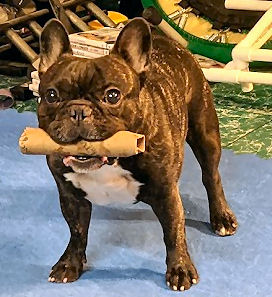
It’s the easiest part of dog training because you don’t have to worry about getting it “right.” You’re not going to break your dog if you click at the wrong time, say the wrong thing, or misplace a treat. Your dog isn’t going to tell anyone you flubbed it, ever. And when you do screw up, and we all do, just give your dog an “oops” cookie and try again.
Many people worry that they’re doing something “wrong.” The only wrong is if your dog isn’t getting it. If they don’t understand the behavior you’re trying to shape, it’s time to find another angle for teaching it. You haven’t broken your dog, or your training. You just have to make some changes to clarify things.
The coolest thing about dog training is that your partner in crime, your dog, is always willing to play with you. Going back to our video series of trying to teach Torque to “Push” a tube with his nose, you’ll notice lots of changes from week to week. He didn’t understand, or something didn’t “work,” so we changed it.
Clean it up later
Go for the easy, fun part of dog training. Play some training games with your dog. If it needs some polishing, who cares? You can always do that later, when all of the fussy bits of training come more naturally. If you play with your dog, just a couple minutes a day, you’ll be juggling treats, leash, and clicker like a pro in no time.
